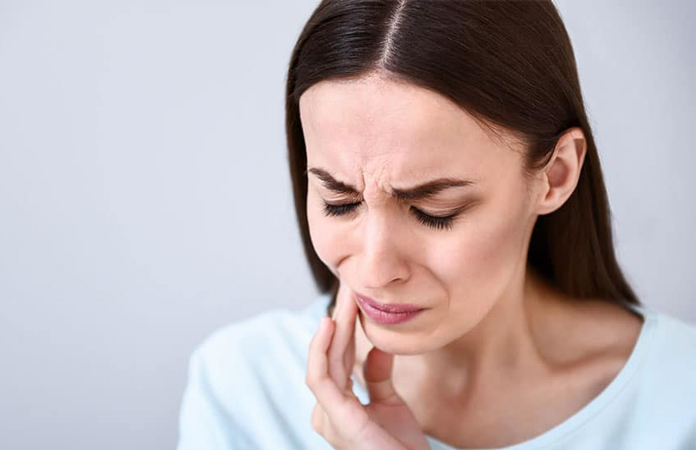HPV Vaccine Types
As we mentioned earlier, HPV has a group of over 200 related viruses, and HPV vaccination only targets nine HPV strains (HPV type 6, 11, 16, 18, 31, 33, 45, 52, and 58) that are most likely to cause cancer. Currently, there are three vaccine types available in the market, and they are:
9-Valent HPV Vaccine
9-valent HPV vaccine (Gardasil 9) is an FDA-approved vaccination protecting against nine HPV strains. The ideal age to get the 9-valent HPV shots is between 11 to 12 years old, during which boys and girls can receive the best effect because they haven’t been exposed to HPV yet. The CDC also recommends that unvaccinated teenagers and young people aged between 13 to 26 years old complete a catch-up vaccination as soon as possible. However, for those older than 26 years old, the HPV vaccine is no longer a routine vaccination since it provides fewer benefits while costs are substantial. Therefore, people can opt to get the HPV vaccine based on individual situations. [2]
4-Valent HPV Vaccine (Quadrivalent HPV Vaccine)
4-valent HPV vaccine (Gardasil 4) is commonly known as quadrivalent HPV vaccine, and it protects people against four specific HPV types: 6, 11, 16, and 18. Firstly approved in 2006 in the United States, the 4-valent HPV inoculation was initially for females aged from nine to twelve years old. Soon after, the Advisory Committee on Immunization Practices (ACIP) decided to enlarge the target population to all people before adolescence and sexual activities. [3]
2-Valent HPV Vaccine (Bivalent HPV Vaccine)
Bivalent HPV vaccine (Cervarix) is administrated to people from nine years old. It only targets two HPV types (type 16 and 18), the primary strains responsible for 70% of cervical cancer. According to the study, the 2-valent HPV vaccine has shown excellent efficacy against HPV infections covered by Cervarix and can protect people for at least ten years. [3]










